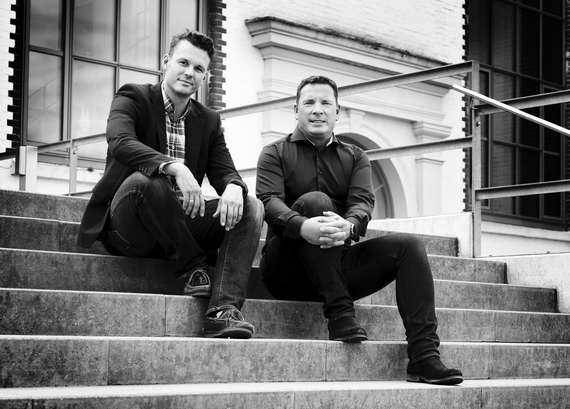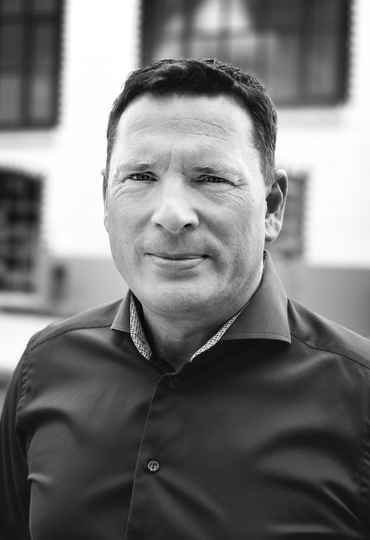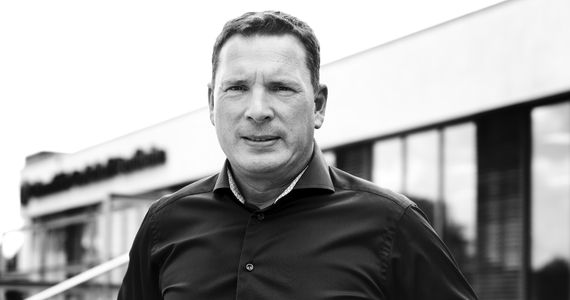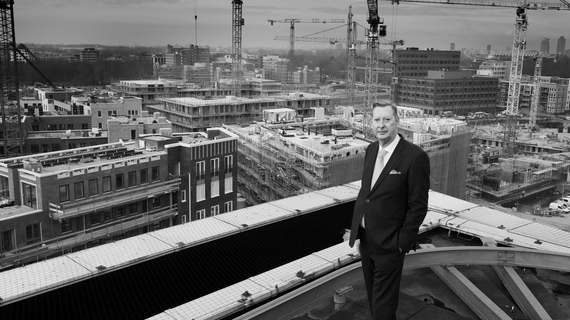
"Add more environment to the city"
People are moving in mass to the city. To study, for work, sports clubs, childcare, facilities, simply because in cities they find everything they need. Our cities are rapidly overcrowding through depopulation of the rural environment. It’s a form of misalignment that can seriously disrupt the socio-cultural balance in a community, and it's high time we did something about it.
Bus und Bahn
The problem of the growing division between city and country can be clearly felt in ROBEO’s everyday experience, according to Managing Director Ulli Rohn: ‘Young people move to the larger cities - to study, for work, entertainment - and they rarely return. The number of one-person households is also increasing. The result is a very undesirable situation: the housing supply in these cities is falling alarmingly, prices are rising and the surrounding country is becoming impoverished. The best solution is to broaden our cities, to add more environment to the urban region.’
‘And broadening the urban area will only be successful,’ Erik Oppel continues, ‘if you improve the infrastructure. Bus und Bahn. In Hamburg, for example, much has been done to increase mobility to and from the city. An excellent public transport network has been built within a radius of about forty kilometres around the city centre. Each time a new station is opened, another area is connected to the large metropolis, as it were. People are living in a rural area and working in the city.

A huge boost
Of course, that’s not enough, more is needed,’ according to Rohn: ‘In order to guarantee that the dispersion has a chance of being successful, not all facilities should be centralized in the city centre; move training institutes and, for example, government agencies into the region’. Oppel: ‘That is what they are doing in Scandinavia: Decentralising the administrative bodies. This results in a good economic and social boost, because jobs are created in the region, swiftly followed by retail, catering, culture and, of course, a demand for housing.
Shaping innovation
You could say it’s a double-edged sword: the pressure on the city decreases and the status of the surrounding area improves. So why aren’t we doing it? Rohn laughs, ‘If only it were that easy. In the first place, it requires decisive action on the part of the authorities. And it requires cooperation between all parties in the sector.’ Oppel: ‘It would be nice if we could shape innovation based on our craftsmanship and respond better to the major challenges of our time. It would mean that a building team could work more autonomously than is often the case at present. We always make a great effort to get the authorities on board for our projects, we are transparent and consult infinitely, we share all the plans and new ideas, but a little less political hassle would be very welcome.

Lasting value
Most of ROBEO's projects follow a somewhat traditional and familiar working method: land acquisition, needs assessment, concept development, realization. In a nutshell, you demand, and we produce. But where possible they will take up the gauntlet, according to Rohn: ‘In addition, we always try to remain idiosyncratic in our approach. A good example is our cooperation with Vandersanden. It happens quite often that we will start at a location by deciding on the bricks; we consider what type of façade would be suitable, and what would be the best facing bricks to use for this environment? Only then do we start talking to the architect. Oppel: ‘Not all architects appreciate that. But ultimately a project is our responsibility. At the same time, we want to be proud of what we’ve created. We create lasting value, which is a great responsibility, and also a unique opportunity.’


